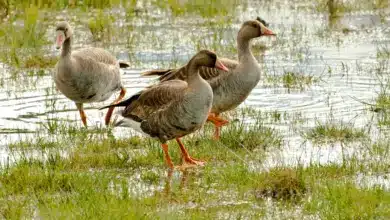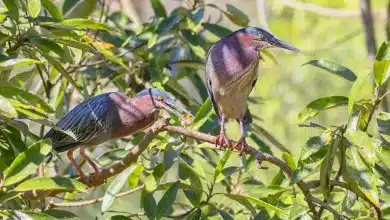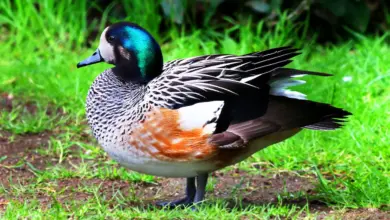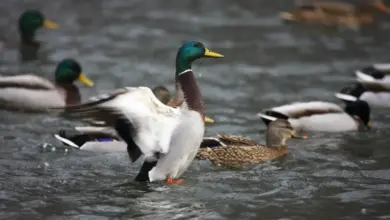Orinoco Geese
Orinoco Geese (Neochen jubata)
The Orinoco Geese (Neochen jubata) is a member of the duck, goose, and swan family Anatidae.
It is in the shelduck subfamily Tadorninae, and is the only living member of the genus Neochen. Two fossil relatives have been described from Late Pleistocene sites: Neochen pugil and Neochen debilis of Brazil and Argentina, respectively.
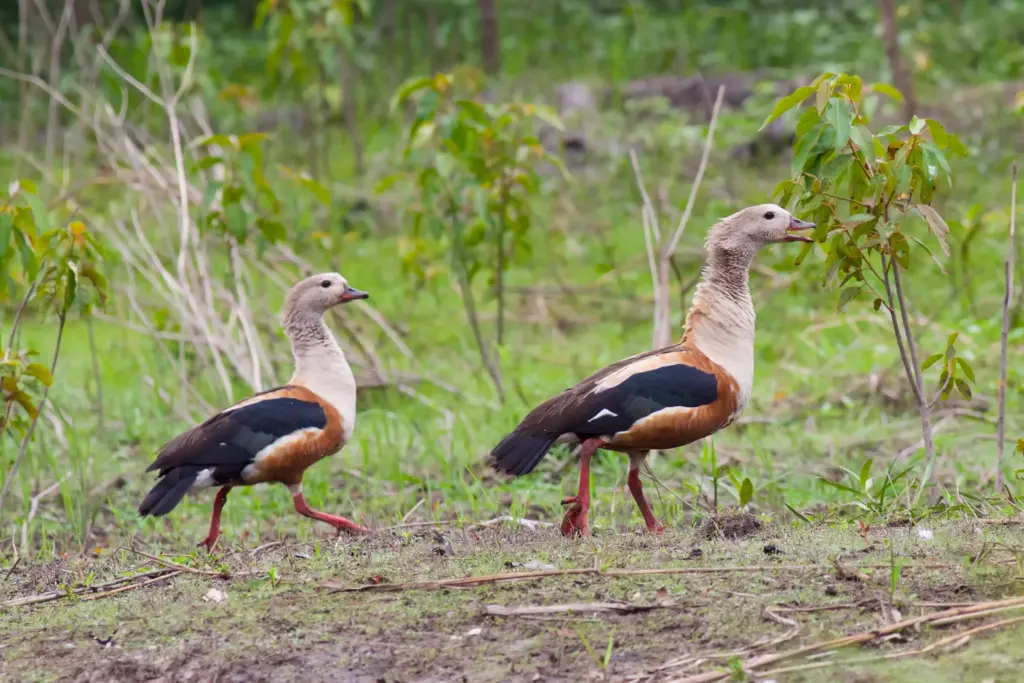
Description
This 61-76 cm (24-30 inch) long species is a resident breeder in the forests of tropical South America. Its preference is forest lakes or marshes with access to open woodland or savanna.
It has a pale head and neck, chestnut flanks and mantle and blackish wings with a white speculum. The legs are red and the bill is black and pinkish.
The sexes of this striking species are identical in plumage, though the males are larger; juveniles are duller than adults.
This is a largely terrestrial species, which will also perch readily on trees. It rarely swims or flies unless hard pressed. In flight it looks heavy, more like a goose than a duck, hence the English name.
Breeding / Nesting
The Orinoco Goose is a very territorial species in the breeding season, and usually nests in hollow trees, only occasionally on the ground.
Calling / Vocalizations
The male has a high-pitched whistling call, and the female cackles like the related Egyptian Goose.
References
- BirdLife International (2006). Neochen jubata. 2006. IUCN Red List of Threatened Species. IUCN 2006. Retrieved on 11 May 2006. Database entry includes a brief justification of why this species is near threatened
- Wildfowl by Madge and Burn, ISBN 0-7470-2201-1
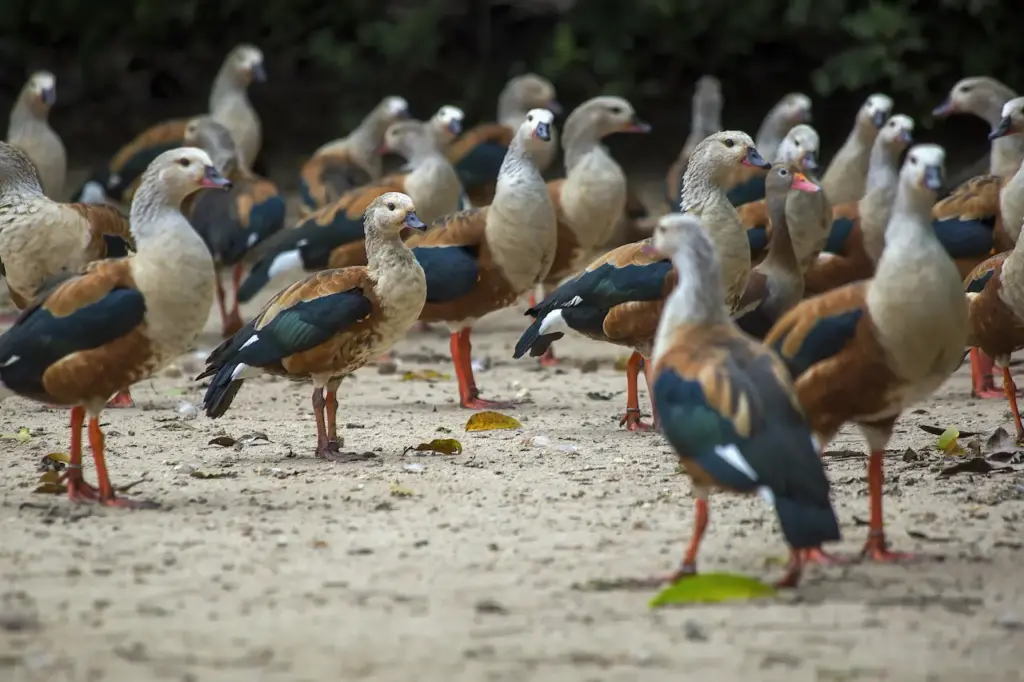
Diet / Feeding:
Cackling Geese mainly feed on plant material. When feeding in water, they submerge their heads and necks to reach aquatic plants, sometimes tipping forward like a dabbling duck.
Flocks of these birds often feed on leftover cultivated grains in fields, especially during migration or in winter. They also eat some insects, mollusks and crustaceans.
Ducks and geese generally feed on larvae and pupae usually found under rocks, aquatic animals, plant material, seeds, small fish, snails and crabs.

